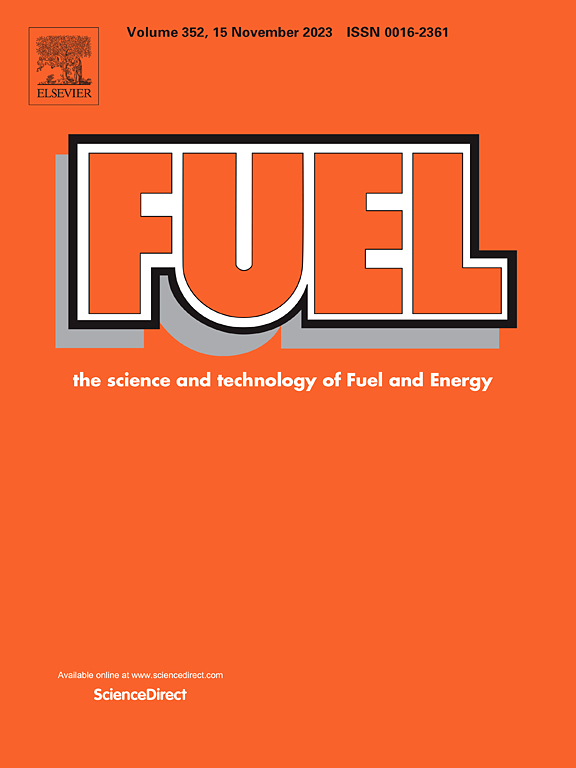Insights into the role of C-O-C functional groups in the thermal decomposition of PAH oxygen radicals: Mechanistic elucidation
IF 6.7
1区 工程技术
Q2 ENERGY & FUELS
引用次数: 0
Abstract
Emissions of polycyclic aromatic hydrocarbons (PAHs) and soot particles pose significant threats to human health and the environment. Understanding the oxidation mechanisms of PAHs is crucial for reducing energy consumption and minimizing pollutant emissions. Although oxygen-containing functional groups play a role in the oxidation of PAHs and soot, the exact mechanisms, especially the role of C-O-C functional groups in PAH oxidation, remain unclear. To clarify the role, the effects of C-O-C functional groups on the thermal decomposition of various PAH oxygen radicals, including furan-type and ether-type PAH oxygen radicals, were investigated in this study by using density functional theory (DFT) and transition state theory (TST). The results reveal that the initial thermal decomposition step is cyclization under the influence of C-O-C functional groups, and the distance between C-O and C-O-C functional groups critically affects this process. As this distance increases, the C-O-C functional groups transition from inhibiting to promoting thermal decomposition of PAH oxygen radicals, and the effect is different at different positions and edge types. When the distance between the C-O functional groups and C-O-C functional groups increases to one layer of the aromatic ring, the inhibitory effect of C-O-C on furan-type PAH oxygen radicals with C-O functional groups located at the free edge diminishes, while it remains significant for those with C-O functional groups at the zigzag edge. Under the same conditions, C-O-C groups facilitate rapid thermal decomposition of ether-type PAH oxygen radicals with C-O functional groups at the free edge, while the inhibitory effect on those with C-O functional groups at the zigzag edge is markedly reduced. This research offers novel insights into the oxidation mechanisms of PAHs and soot, helps to reveal the laws of free radical reactions in the combustion process, and establishes a theoretical basis for advancing efficient clean combustion technologies and low-soot emission technologies.

求助全文
约1分钟内获得全文
求助全文
来源期刊

Fuel
工程技术-工程:化工
CiteScore
12.80
自引率
20.30%
发文量
3506
审稿时长
64 days
期刊介绍:
The exploration of energy sources remains a critical matter of study. For the past nine decades, fuel has consistently held the forefront in primary research efforts within the field of energy science. This area of investigation encompasses a wide range of subjects, with a particular emphasis on emerging concerns like environmental factors and pollution.
 求助内容:
求助内容: 应助结果提醒方式:
应助结果提醒方式:


